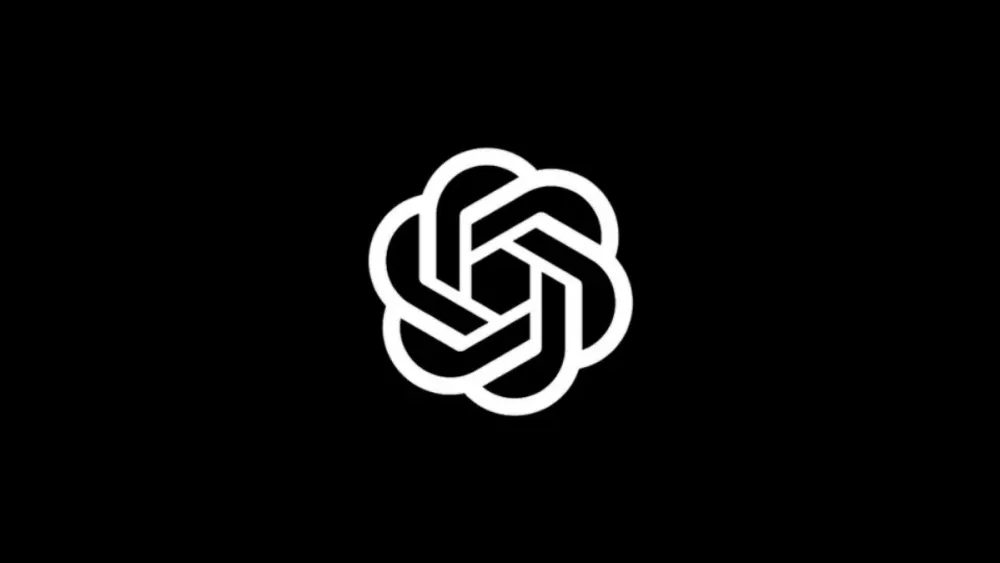
Following the announcement of the GPT-4.1 model, OpenAI has unveiled two new additions to its model lineup: o3 and o4-mini. The former is touted as the most powerful AI model the company has released to date, while the latter is designed with cost-efficiency in mind—yet still delivers impressive performance within comparable use cases.
In addition to emphasizing the advanced inference capabilities of both models, OpenAI highlighted that o3 and o4-mini fully support the multimodal functionalities of ChatGPT, including web browsing, image generation, and more. These capabilities are designed to enable more efficient resolution of complex, multi-step problems and foster increased autonomy in handling diverse tasks.
Both models also feature visual analysis capabilities, allowing them to interpret and reason over visual inputs. OpenAI envisions that with enhanced inference power and broader tool access, these models will significantly elevate both performance and practical utility.
On a parallel front, OpenAI introduced a new coding agent called Codex CLI, which allows developers to locally integrate OpenAI’s models into programming workflows. This feature is aimed at facilitating the creation of AI-driven development agents and currently supports both o3 and o4-mini, with plans to extend compatibility to GPT-4.1 in the near future.
As for the long-speculated GPT-5 model, OpenAI CEO Sam Altman revealed that it will be officially announced in the coming months, with a launch expected later this year.
The newly released o3 and o4-mini models are now available to users subscribed to ChatGPT Plus, ChatGPT Pro, or ChatGPT Team, with the more powerful o3-pro variant set to roll out in the coming weeks.
Related Posts:
- OpenAI to Integrate o3 Model into GPT-5, Offering Free Access to All Users
- Microsoft 365 Drops Windows 10: What You Need to Know Before the Deadline
- Google AI Search: Gemini Expands to Search Labs
- OpenAI Launches Codex CLI: AI Programming Assistant for Terminals
